Intermittent fasting (IF) stands as a powerful nutritional strategy. It focuses primarily on when you eat, not what...
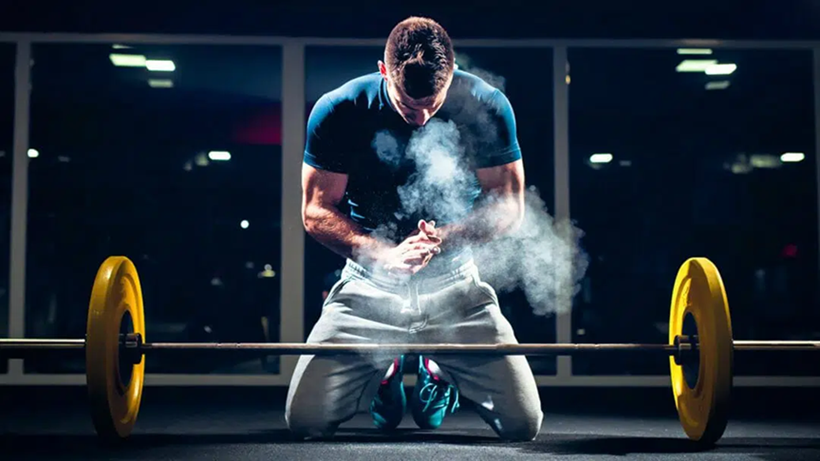
Master the Big Three: Squat, Bench, and Deadlift Form Checklist
The Squat, Bench Press, and Deadlift build incredible full-body strength. Collectively, lifters call them the Big Three exercises. However, proper technique remains absolutely essential for success. Many people overlook precise movement patterns, unfortunately. Conversely, poor form can lead to unwanted injuries over time. Therefore, you must master the fundamental mechanics right now. Using proper technique helps you move more weight while reducing the chance of injury. Crucially, it also maximises your muscle recruitment potential. This detailed checklist will help you perfect each movement. Furthermore, utilise this guide every time you train. Indeed, superior technique translates to exceptional results quickly. We examine key points for optimal performance here. Adopt these professional cues immediately for improvement. Consequently, you will soon unlock new levels of power. Start applying these proven methods today.
Barbell Squat Checklist
First, establish a stable base for the barbell squat. Rest the bar firmly on the upper-back region to maintain stability throughout the lift. Then, grip the bar tightly with both hands for control. Crucially, brace your core muscles extremely hard now. This action stabilises the spine throughout the entire movement. Many lifters utilise a specialised weightlifting belt for support. However, the belt only assists the core bracing you perform. Initiate the descent by pushing your hips directly backwards. Furthermore, drive your knees outward over your feet. Ensure your chest remains upright and facing forward at all times. Next, squat down until your hips drop below your knee joint. Maintain tension in your entire body at the deepest point. Drive your feet through the floor powerfully for the ascent. Always reset to the initial stance with deliberate, steady movement. Finally, never allow your knees to collapse inward during the movement.
Bench Press Technique Checklist
Adopt a strong setup for the bench press technique. Lie down and retract your shoulder blades firmly together. Doing this provides a strong, supportive base for the shoulders to function efficiently. Next, secure your feet flat on the floor beneath you. Use this foot position to generate a powerful leg drive upward. Hold the bar with your hands placed just beyond shoulder width. Maintain straight wrists aligned directly over your forearms. Also keep a gentle, intentional curve in your lower spine. Then, unrack the weight using fully locked elbows for safety. Lower the bar in a controlled motion until it reaches the middle of your chest. The bar path should track slightly diagonally downward. Crucially, press the weight upward explosively from your chest. Drive your feet into the floor to secure your body firmly against the bench. Lock out your elbows completely at the highest point. This technique protects your shoulders effectively.
Deadlift Setup Checklist
Master the deadlift setup to maximise your pulling power potential. Stand with your shins close to the barbell constantly. Position your feet roughly hip-width apart for standard lifts. Conversely, sumo stances require a significantly wider foot placement. Therefore, execute a proper hip hinge to grip the bar securely. Keep your back flat and completely straight throughout the setup. Take hold of the bar with your hands positioned just wider than your legs for a solid grip. Many lifters prefer an over-under grip for heavier weights. Inhale deeply and tighten your core to stabilize your body before lifting. Next, pull the slack out of the barbell system firmly first. Press forcefully through your feet to initiate the lift with power. Stand up by pushing your hips forward, not pulling with your back. Furthermore, keep the bar path close to your body at all times. Finish the movement by standing tall and completely straight. Significantly, do not lean back excessively when you reach the lockout. Guide the bar downward with steady control by hinging your hips back. Reset your technique completely between each repetition for safety.
In summary, a superior form drives consistent long-term progress in lifting. Consistently check these cues before every single set you perform. Minor adjustments often yield huge strength gains surprisingly quickly. Thus, prioritise quality movement over heavy weights always. Practice this checklist diligently during all training sessions. Your Big Three lifts will undergo a dramatic transformation soon.
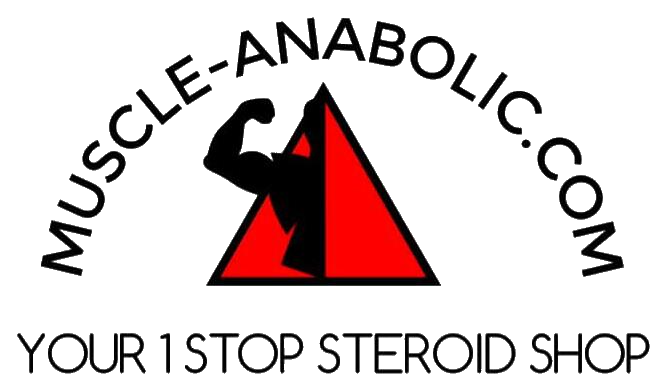



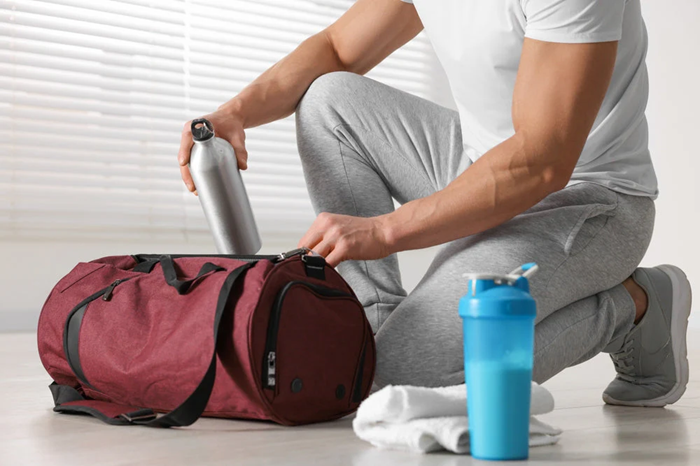
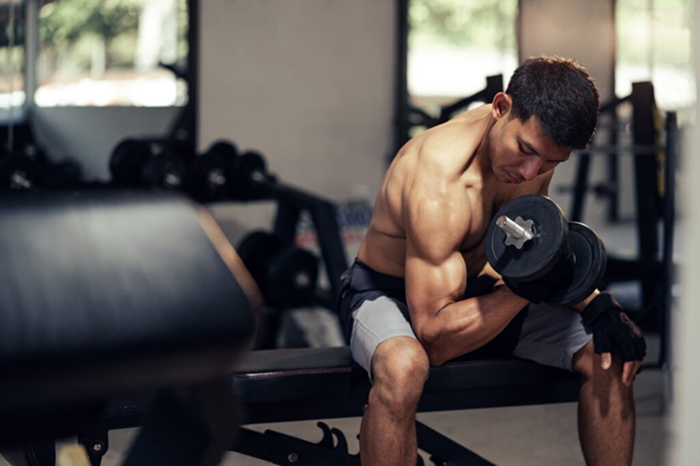
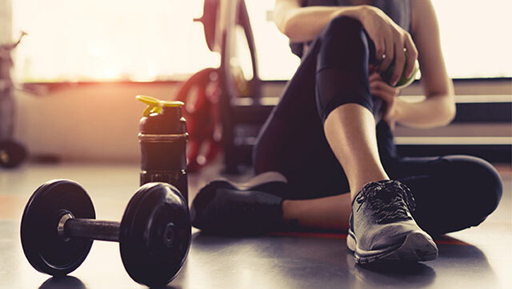
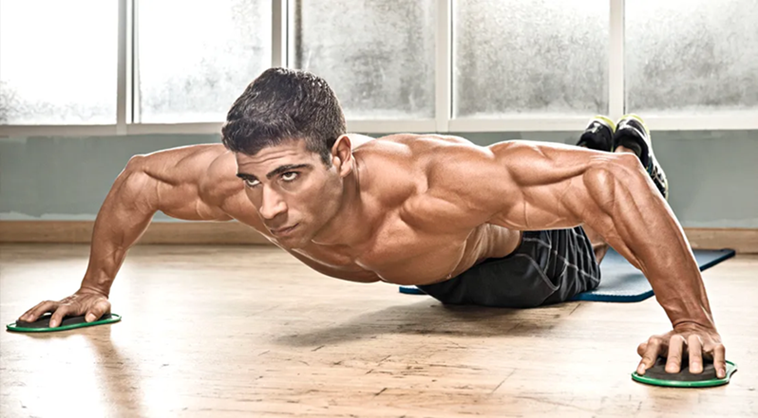
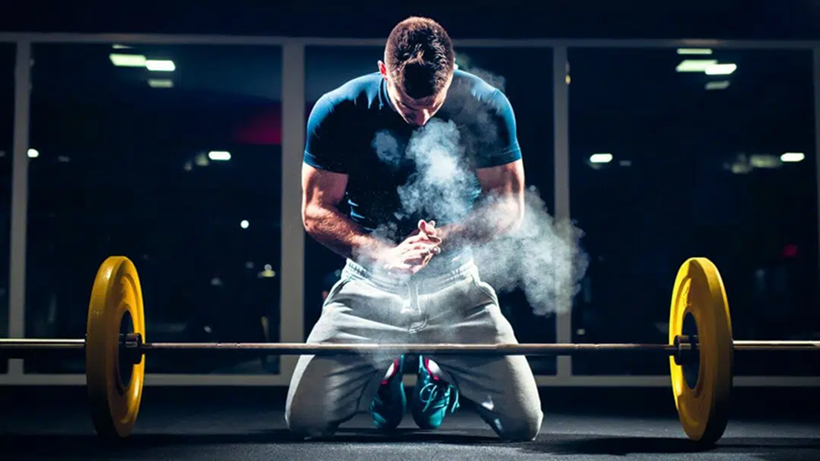






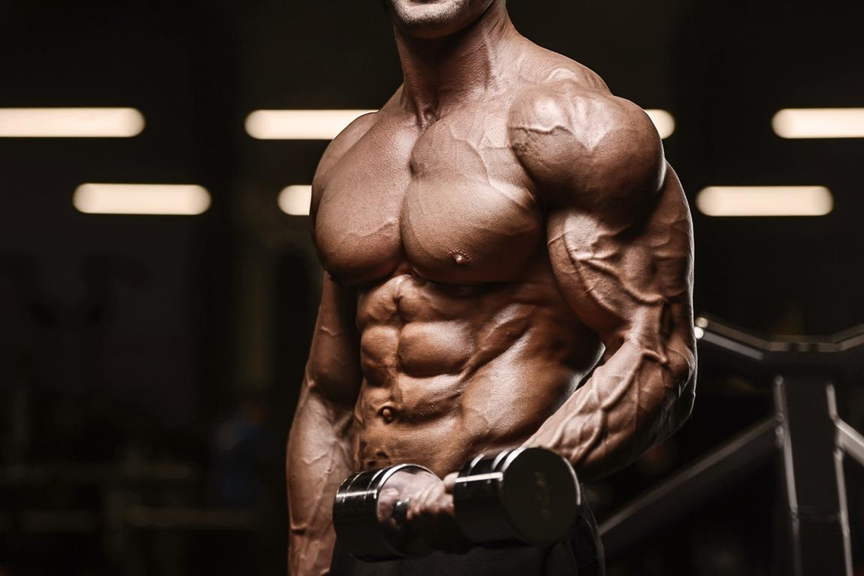
Leave a comment